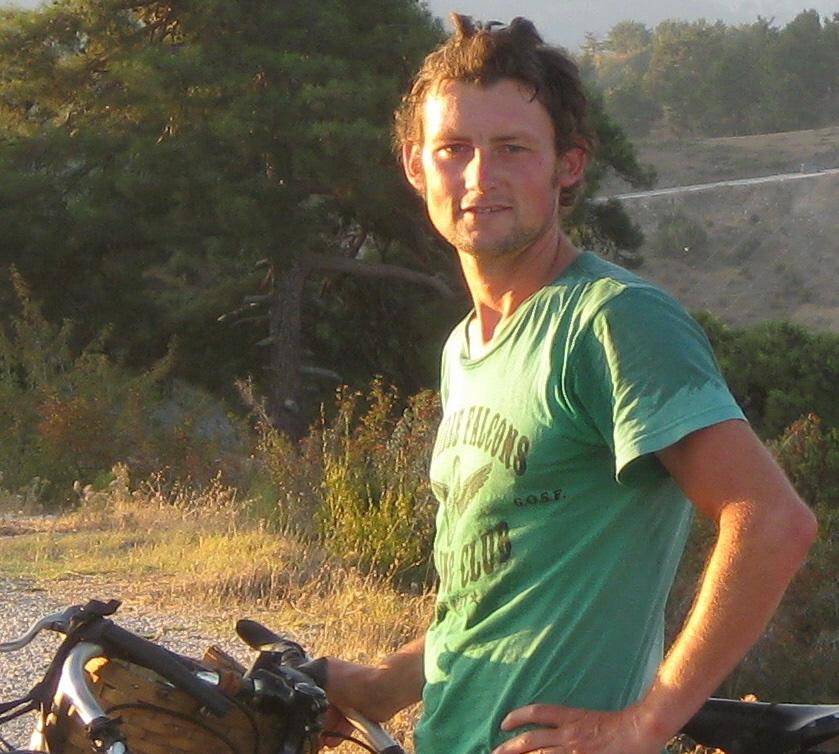Alastair Bland is a freelance journalist based in San Francisco. He writes about agriculture, the environment, fisheries and beer. His work has appeared online in NPR’s food blog The Salt, Smithsonian.com and Yale Environment 360 and in print in the Marin Independent Journal, the East Bay Express and the Sacramento News & Review.
By this person

Power Surge
The Capital Region is emerging as a clean energy technology hub
Here are four innovative companies helping drive the clean energy
revolution in the region.
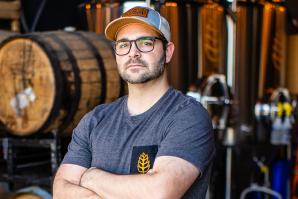
More Out the Door
Small breweries that once thrived on beer sales from on-site consumption pivot their business model
While the shelter-in-place measures have helped slow the spread of COVID-19, they have taken a huge economic toll and have been devastating for breweries, especially small breweries that once relied on sales for consumption in their taprooms.
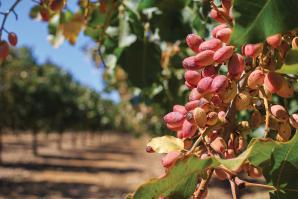
Nut of the Future?
With droughts inevitable, more farmers are switching from almonds to pistachios, but not everyone is happy about it
Almond trees and grapevines will die if deprived of irrigation for a year or less in a dry place like the San Joaquin Valley, but pistachios can survive for years with almost no water. That means, in crisis-level droughts, the trees might persist where virtually all other crops die.
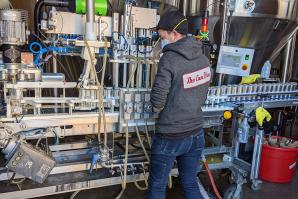
Craft Brewers Take a Can-Do Attitude
Breweries look for other ways to sell their suds to survive the limitations from the coronavirus
In March, the escalating coronavirus pandemic prompted California state leaders to shut bars and force restaurants to provide only takeout food. Now, breweries that once thrived on over-the-bar service are scrambling to sell enough beer just to survive.
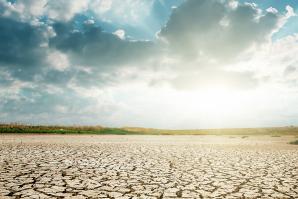
Are We Doomed by Climate Change?
Fast-thinking innovation is needed to prevent ‘wetter wets, drier dries, hotter hots’ from threatening the state’s crops, species and economy
Mediterranean climates, like California’s, typically follow boom and bust cycles, marked by a predictable shift between cold and wet and hot and dry. But the changing climate will amplify that pattern with weather that is, at times, wetter and at other times hotter.
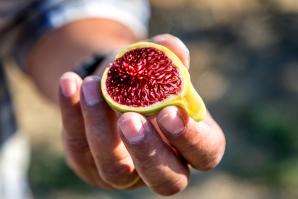
Gettin’ Figgy With It
The peculiar world of fig traders and their trees
California fig farmers, who grow nearly all the figs produced in the U.S., harvested about 30,000 tons of fruit worth $22 million in 2015, according to the latest crop report from the California Department of Food and Agriculture. But of all those figs, there were just a handful of genetically distinct varieties. Meanwhile, almost uncountable heirloom varieties have fallen to the wayside or even disappeared.
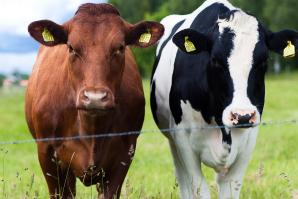
Livestock Production Drinks Up Water in Drought-Stricken California
Meat and dairy production the biggest water guzzling industry in the state
As California enters its sixth year of drought, residents and businesses aim to conserve water. But amid such hyper-hydro-awareness, there has been little attention paid to the production of meat and dairy, by far the biggest water guzzling industry in the state.

Meat, Water and Global Warming
Despite environmental impacts of livestock, restaurants aren’t giving up their meat
According to some ecologists and experts on global agricultural trends, our eating habits must change dramatically if we are to overcome environmental issues facing the planet and its future generations.
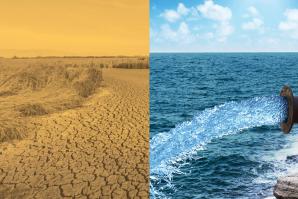
The Great Water Waste
One way to mitigate a record-breaking drought: Stop throwing away perfectly good water
All water, conventional scientific wisdom goes, is recycled. The Earth’s water has been here since the planet formed some 4.6 billion years ago, and any given molecule may have passed through the bodies of dinosaurs, fish throughout the oceans, the living tissue of giant trees and numerous human beings.
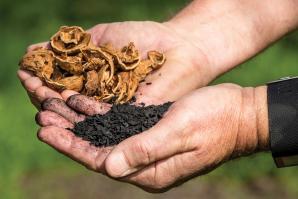
Soil Matters
Local farmers find a switch to carbon farming good for business — and the environment
Russ Lester’s property looks, at first glance, like that of many of his neighbors. He grows about 900 acres of walnut trees a few miles east of Winters. But at Dixon Ridge Farms, Lester never tills his land, and he keeps cover crops growing most of the time. He also laces the earth around his trees with biochar, charcoal-like leftovers from biomass energy production.
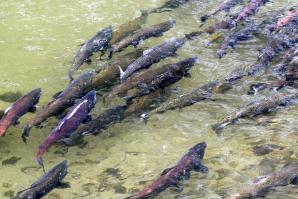
The Battle Upstream
Environmentalists work to preserve Chinook habitat
On the Yolo Bypass, just northwest of Sacramento, scientists and state and federal agencies are collaborating on a plan they hope could save California’s wild salmon.
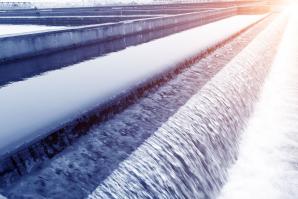
Dirty Water
Wastewater injection in the San Joaquin Valley threatens farmland
Tom Frantz has the sierra mountains to thank for his livelihood, since the snowmelt that runs off the peaks eventually sinks into the ground and, over time, descends into the natural underground reservoirs of the Central Valley. In drier years, Frantz gets most of his water from wells that tap into this aquifer. But the water, Frantz says, is being poisoned.
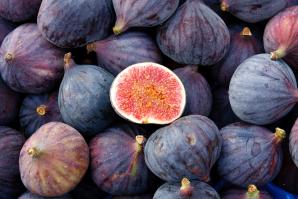
Fig Farmers Go Nuts
Are pricey almonds pushing out drought-friendly figs?
Kevin Herman sees his fig trees as his future. They require very little water and, even amid long-term forecasts of limited rain and increasing temperatures, the trees are likely to produce a comfortable living for the Madera County farmer.
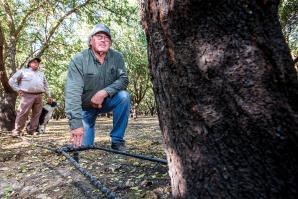
Hiding in the Shallows
As farmers switch from flood irrigation to drip, California’s water tables are falling
Agricultural groups and the federal government are actively encouraging growers to improve their irrigation systems to save water, usually by graduating from flooding, and farmers who haven’t upgraded have received stinging criticism. But drip irrigation is not necessarily a panacea for water shortages.
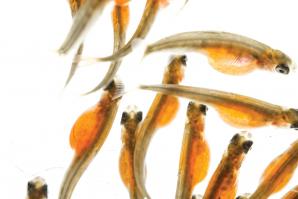
Survival of the Fishes
California depends on hatcheries to maintain the state’s salmon population, but the cost is genetically inferior fish
Every spring and summer, Chinook salmon gather in vast schools along the central coast of California, fattening up on krill and small fish before their autumn spawning migration into the Central Valley. Fishermen in commercial boats, private skiffs and kayaks take to the water, and most summers, the fleet catches several hundred thousand Chinook weighing somewhere between five and 30 pounds. California’s bounty of salmon, however, does not reflect a thriving fish population.
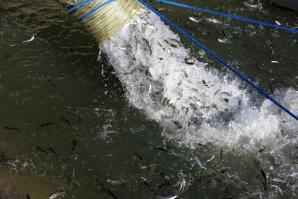
The Flip-Side of Fish Hatcheries
Originally intended to preserve salmon, are hatcheries harming the species?
In 2009, fewer fall-run Chinook salmon returned to spawn in the Central Valley than have ever been recorded before. Just 50,000 adult fish spawned that autumn in the entire Sacramento-San Joaquin river system — a tenth of how many Chinook migrate inland in a good year. The event was an ecological and economic disaster that prompted officials to shut down California’s ocean fishing season for two years.
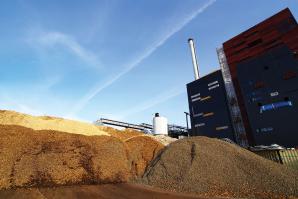
Burn Notice
Biomass is coming under fire for polluting the air and threatening wild forests. But is the controversy warranted?
Much of the 8 million tons of woody debris that facilities burn each year is material that would probably burn in open fields if there wasn’t an energy-producing alternative. Since the smokestacks on a biomass plant include filtering apparatuses that can remove some pollutants from the emissions, the industry — which has helped to phase out open burning of agricultural waste — has been credited as an overall boon to California’s air quality.
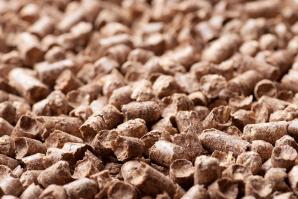
Big Bad Biomass
Just because it’s renewable doesn’t make it clean
As California looks for ways to reduce its carbon footprint and help curb climate change, environmental activists are questioning the integrity of the biomass industry, which burns millions of tons of woody plant matter each year to help power the state’s electric grid.

Preserving Solano’s Cullinan Ranch
Tidal restoration along Highway 37 brings life back to San Pablo Bay
Early this year, saltwater came gushing through a levee that had kept a vast pasture at the north edge of San Pablo Bay dry for more than a century. The breach was no accident.
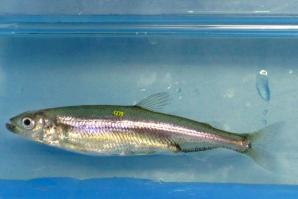
Delta Smelt Nearing Extinction
A U.C. Davis Lab could be the last refuge for the beleaguered, belittled fish
Tien-Chieh Hung, the director of the Fish Conservation and Culture Laboratory,, says the facility’s fish could serve as a sort of seed bank for repopulating the wild population, should conditions in the Delta ever improve.
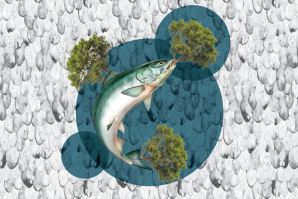
Groves & Fishes
There is water war brewing between farmers and fisherman
Facing epic drought conditions, Gov. Jerry Brown called this month for mandatory cutbacks on urban water use statewide. But the ag industry, which uses 80 percent of the state’s water, is exempted. This decision has struck a cord with environmentalists and fishermen who fear the drought will compromise aquatic species — and their livelihoods.
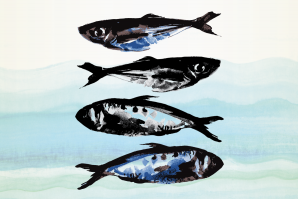
Fish, Out of Water
Prop. 1 channels billions of dollars to California’s water needs — but will it hurt or help endangered salmon?
On a warm August afternoon, a small fleet of tractors are busy in what seems to be an effort to smother the American River with rubble. But what appears to be the beginning of a new development project is nothing of the sort. Rather, these machines are trying to save fish.



